20 years and 4 project planning times
The North-South high-speed railway project, which was approved by the Party Central Committee in principle for investment in the entire route at the recent 10th Central Conference, is currently receiving great attention from the people and the whole society. Looking back at history, the high-speed railway project has undergone 4 research reports, spanning nearly 20 years.

The North-South high-speed railway is designed with a speed of 350 km/h, the travel time from Hanoi to Ho Chi Minh City is now 5 hours and 30 minutes. Illustrative photo.
The first research report on high-speed railway was prepared by the Korea International Cooperation Agency (KOICA) in the period 2005-2008, in which priority was given to implementing the two sections Hanoi - Ha Tinh and Ho Chi Minh City - Nha Trang.
From KOICA's research, the North-South high-speed railway has been determined to be double-track, 1,435mm gauge, electrified, with a design speed of 350km/h (actual operating speed of 300km/h).
The second report was prepared in the period 2008-2009 by the Vietnam-Japan Consulting Joint Venture (VJC), the investor was Vietnam Railway Corporation. This report determined the investment for the entire high-speed railway line from Hanoi to Ho Chi Minh City with a cost of 55.8 billion USD.
In March 2010, the VJC report passed the State Appraisal Council's approval round and was approved by the Politburo. In May 2010, the project was presented to the National Assembly.
However, out of 439 National Assembly delegates present, only 185 delegates approved, 208 delegates disapproved, and 34 delegates abstained. With less than 50% of the votes in favor, the National Assembly did not pass the project.
From 2011 to 2013, the Government continued to conduct research on the North-South high-speed railway project. The result was the birth of the third research report prepared by the Japan International Cooperation Agency (JICA).
Similar to the two previous reports, JICA's report continues to determine the construction of a new double-track, electrified railway line with a 1,435mm gauge, only operating passenger trains.
By 2015, the Minister of Transport had directed agencies to research and develop a project for the North-South high-speed railway, and submit an investment policy report to the National Assembly before 2020.

In 2017, the Ministry of Transport assigned the Tedi – Tricc – Tedi South Consulting Joint Venture to prepare a pre-feasibility study report for the North – South high-speed railway project. From then on, the word “high-speed” in the project name was changed to “high-speed”.
By early 2019, the pre-feasibility study results of the consulting consortium were submitted to the Government by the Ministry of Transport.
Accordingly, the Hanoi - Ho Chi Minh City high-speed railway will be 1,545km long, 1,435mm gauge, electrified, passing through 20 provinces and cities with 23 stations. The designed train speed is 350km/h, the operating speed is 320km/h, focusing on carrying passengers and light goods.
The total investment is 58.71 billion USD. Regarding the fate of the old North-South railway, the consultant proposed to set up a separate project to renovate this route for freight transport.
According to the procedure, the pre-feasibility report submitted by the Ministry of Transport to the Government will have to undergo appraisal by the State Appraisal Council (of which the Ministry of Planning and Investment is the standing body). The Council has assigned the task to an independent consulting consortium for appraisal.
After the review process, this consortium issued a report with many contents that contradicted the research results of the project consultant. In particular, the review consultant said that investing in a North-South high-speed railway with a speed of 250km/h (running both passenger and freight trains) would be more suitable than a 350km line serving only passenger trains.
According to the proposed plan of the appraisal consultant, the investment estimate increased to 61.67 billion USD, the total number of stations along the route was also proposed to increase to 50 stations.
With many disagreements between the pre-feasibility report preparer and the reviewer, the project reached a deadlock. As a result, the research report was returned to the consulting consortium Tedi – Tricc – Tedi South for acceptance, explanation and completion.

Agree to build North-South high-speed railway with speed of 350 km/h
On February 28, 2023, the Politburo issued Conclusion No. 49-KL/TW on the development orientation of Vietnam's railway transport to 2030, with a vision to 2045.
This conclusion clearly states that by 2025, we must strive to approve the investment policy for the North-South high-speed railway; start construction on priority sections in the 2026-2030 period, including Hanoi - Vinh; Ho Chi Minh City - Nha Trang. By 2035, the entire project must be completed.
In the meeting on July 11, 2024, Prime Minister Pham Minh Chinh requested to study and select a design speed of about 350km/h; mainly for passenger transport, combined with fast freight transport and serving national defense and security when needed.
Based on the Government's direction, the Ministry of Transport has requested the Project Consultant to complete the pre-feasibility report, incorporating Conclusion 49 and part of the comments from the Appraisal Consultant.
The revised report still determined the design speed to be 350km/h. However, the function was adjusted from “private passenger train operation” to “passenger transport, defense and security services and cargo transport when necessary”.
Recently, the Ministry of Transport has submitted the Project on investment policy for high-speed railway on the North-South axis to the Politburo. The Politburo has brought this project to the Central Committee for discussion and has received consensus. These are very important steps in the project's progress.
Currently, the Ministry of Transport and relevant units are urgently building a pre-feasibility study report on the high-speed railway investment project on the North-South axis, preparing procedures and documents to submit to the National Assembly for consideration and comments at the October 2024 session.

The North-South high-speed railway passes through 20 provinces and cities, with 23 passenger stations.
According to the Ministry of Transport, the general goal of building a high-speed railway is to meet transportation needs, contribute to restructuring the transportation market share on the North-South corridor in an optimal and sustainable manner, create the premise and driving force for socio-economic development, and ensure national defense and security. Regarding specific goals, strive to approve the investment policy before 2025; clear the site and start construction before 2030; complete the entire route before 2045.
The North-South high-speed railway is considered to be a key national project that will bring great value to the country's economic development. So what is the investment plan for Vietnam's high-speed railway? This is a question of great interest.
From research and reference to many high-speed railway models in the world, which investment plan will be suitable for Vietnam?
In terms of speed, the speed of 350km/h, the average station distance of 50-70km is the world trend, proven to be suitable and effective today. With this speed, the time from Hanoi to Ho Chi Minh City is 5 hours and 30 minutes.
The journeys from Hanoi to Vinh, Da Nang, and Nha Trang will only take 1.3 hours; 2.7 hours, and 4.3 hours, respectively, much faster than the existing railway and bus. Some short journeys are even faster than flying (if you include waiting time).
Regarding transport functions, the High-speed Railway will transport passengers and light goods when needed. The existing North-South Railway will specialize in transporting goods and short-distance sightseeing tourists.
Investment scale, total length 1,541km, double track standard gauge 1435mm. Starting from Ngoc Hoi station, Hanoi, passing through 20 provinces and cities including: Hanoi, Ha Nam, Nam Dinh, Ninh Binh, Thanh Hoa, Nghe An, Ha Tinh, Quang Binh, Quang Tri, Thua Thien - Hue, Da Nang, Quang Nam, Quang Ngai, Binh Dinh, Phu Yen, Khanh Hoa, Ninh Thuan, Binh Thuan, Dong Nai and ending at Thu Thiem station, Ho Chi Minh City. Along the entire route, there are 23 passenger stations, about 67km apart on average, 5 freight stations connected to freight hubs.
vov.vn
Source: https://vov.vn/xa-hoi/ket-thuc-so-phan-long-dong-cua-du-an-duong-sat-toc-do-cao-bac-nam-post1124946.vov





![[Photo] Prime Minister Pham Minh Chinh chairs the 14th meeting of the Steering Committee on IUU](https://vphoto.vietnam.vn/thumb/1200x675/vietnam/resource/IMAGE/2025/9/23/a5244e94b6dd49b3b52bbb92201c6986)

![[Photo] Editor-in-Chief of Nhan Dan Newspaper Le Quoc Minh received the working delegation of Pasaxon Newspaper](https://vphoto.vietnam.vn/thumb/1200x675/vietnam/resource/IMAGE/2025/9/23/da79369d8d2849318c3fe8e792f4ce16)


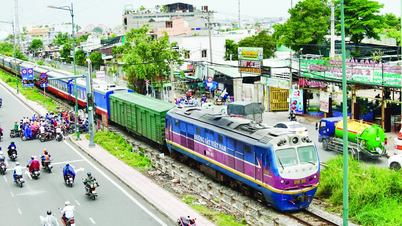


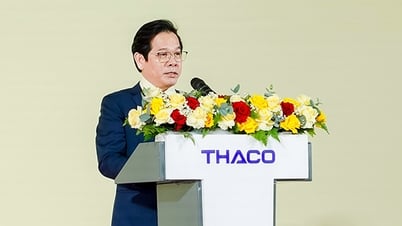

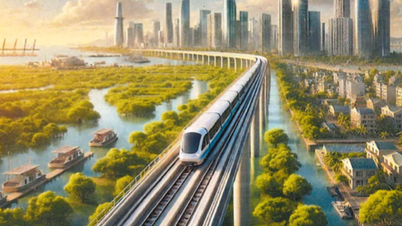

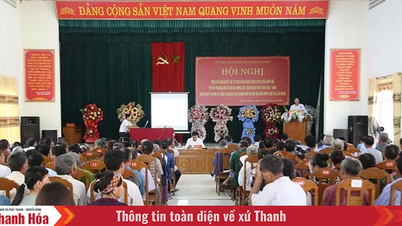







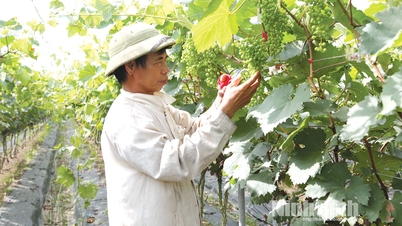







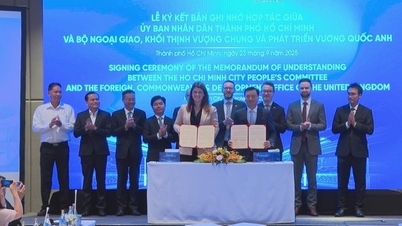
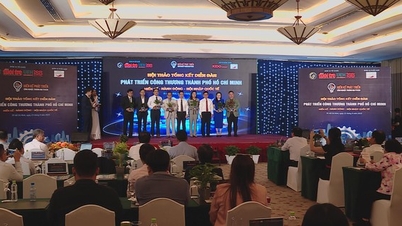



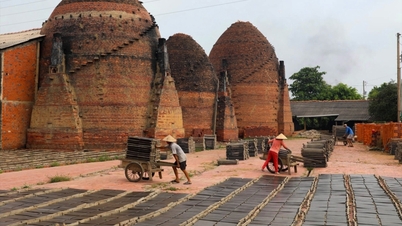






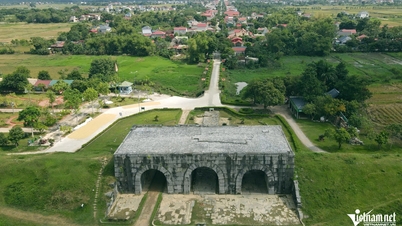
















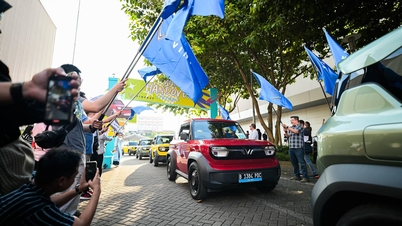







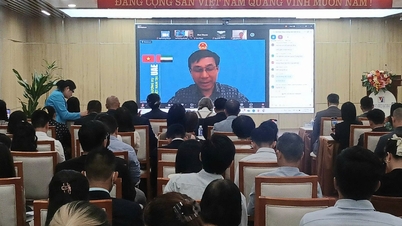










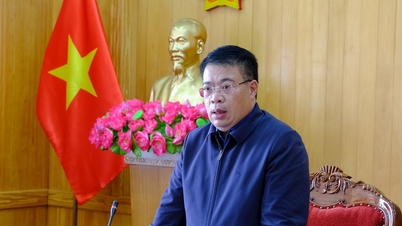

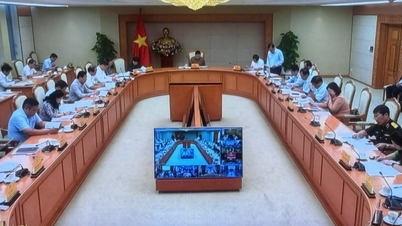
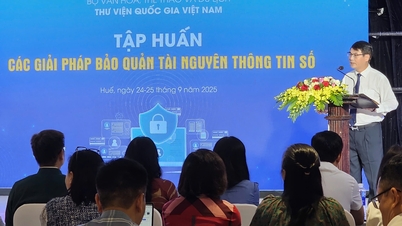





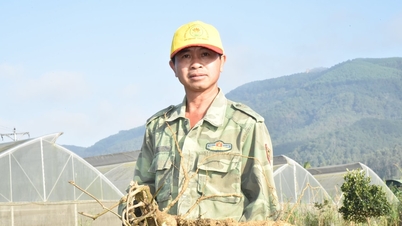





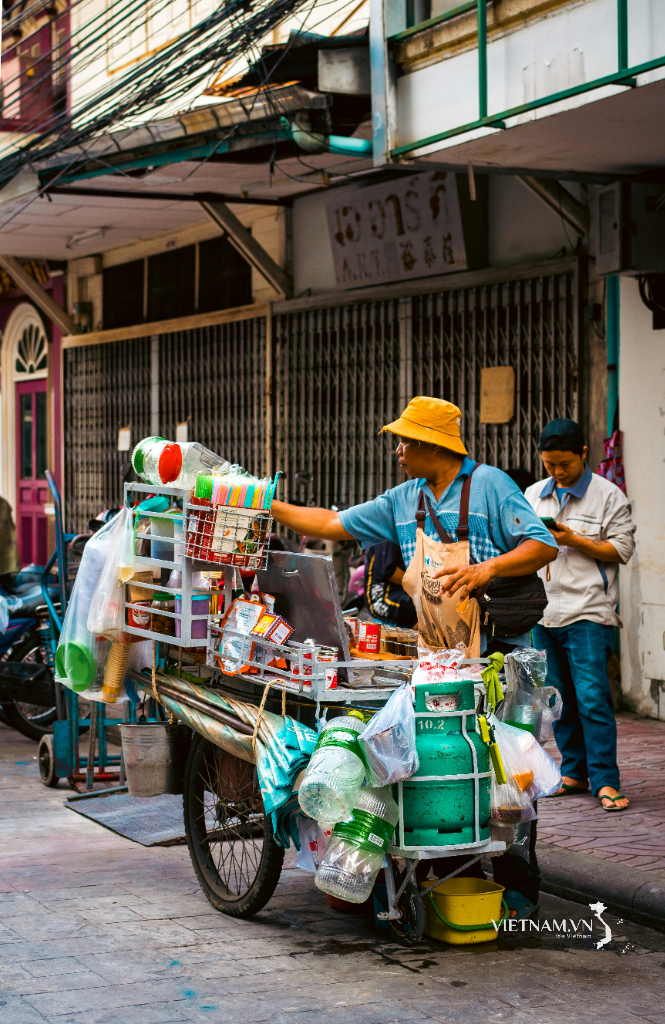

Comment (0)